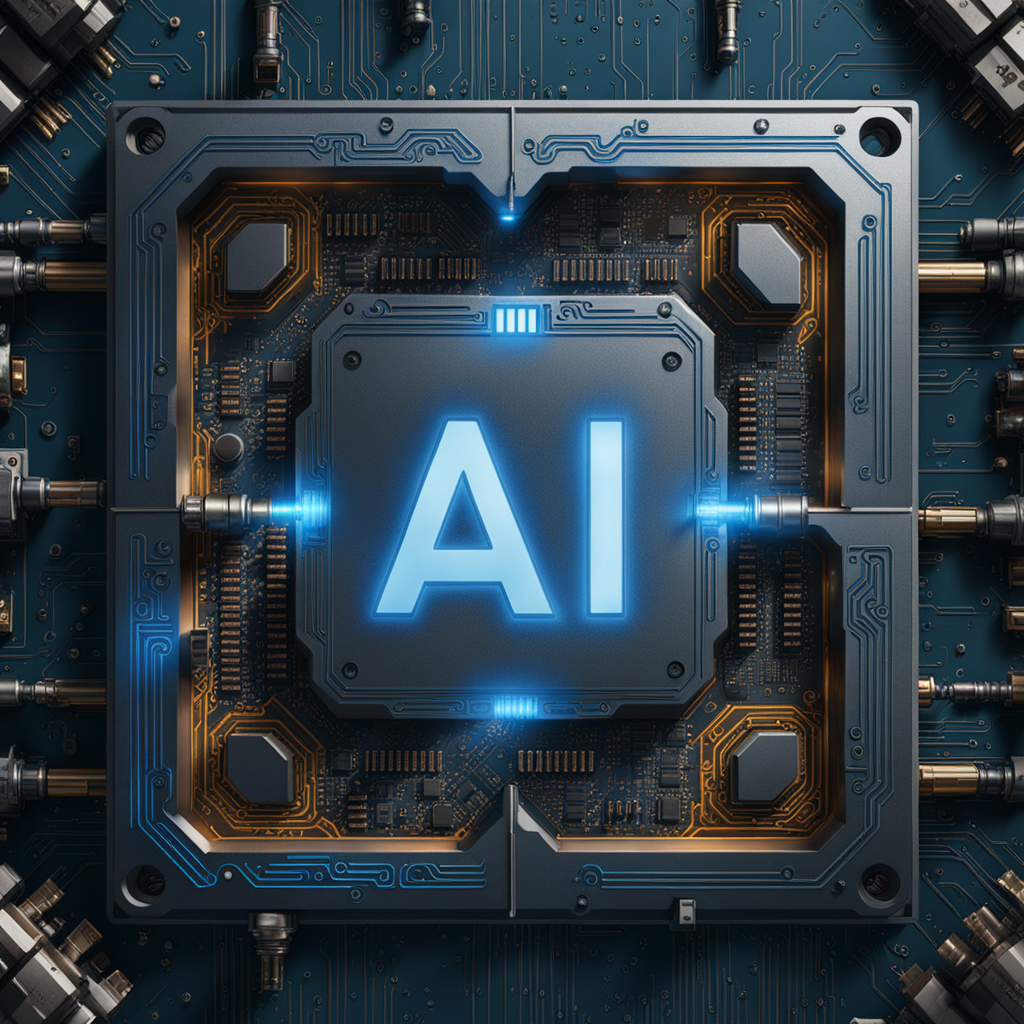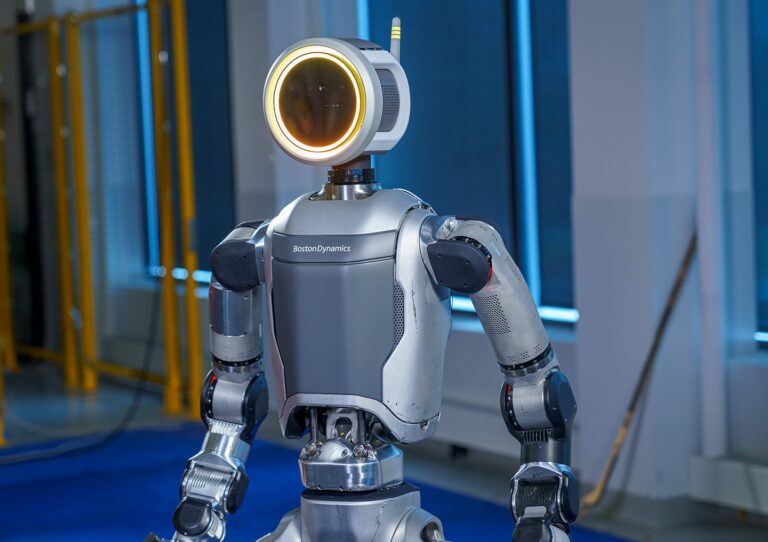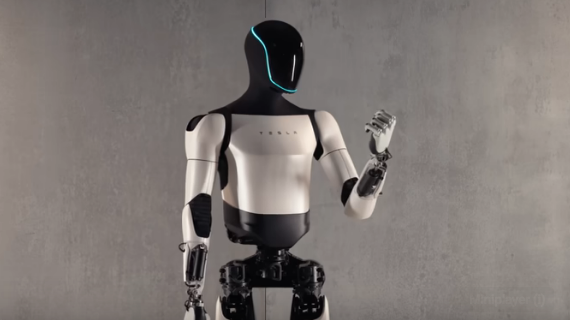Unleashing the Power of Generative AI: A Comprehensive Guide
Generative AI, a potent subset of artificial intelligence, has the unique ability to create fresh content from scratch. This comprehensive guide will delve into the intricacies of generative AI, its workings, applications, and the challenges it faces. But before we embark on this journey, don’t forget to subscribe and hit the bell icon to stay updated on our future posts. If you find this guide helpful, please like and share it with your network.
Understanding Generative AI
Generative AI is a form of artificial intelligence that learns from and imitates vast amounts of data to generate content such as text, images, music, videos, code, and more, based on inputs or prompts. It can write a poem, sketch an image, compose a melody, or generate a video, given some keywords or a brief description. Moreover, generative AI can create realistic and novel content that doesn’t exist in the real world, like a unicorn, a flying car, or a new planet.
The Mechanics of Generative AI
Generative AI operates by using a machine learning model to learn the patterns and relationships in a dataset of human-created content. It then uses these learned patterns to generate new content that shares similar characteristics. The most common method to train a generative AI model is through supervised learning – the model is fed a set of human-created content and corresponding labels. It then learns to generate content that is similar to the human-created content and labeled with the same labels.
Foundation models are a popular and powerful type of generative AI models. These large AI models can multi-task and perform out-of-the-box tasks, including summarization, Q&A, classification, and more. With minimal training required, foundation models can be adapted for targeted use cases with very little example data. Some examples of foundation models are GPT-3, DALL-E, and CLIP, developed by OpenAI, a research organization committed to creating and promoting friendly AI.
Applications and Benefits of Generative AI
Generative AI finds applications across a broad spectrum of industries, domains, and scenarios, such as:
Content Creation and Discovery: Generative AI can aid in creating and discovering new and engaging content, like stories, articles, blogs, podcasts, videos, games, art, and music. It can also assist with content optimization, personalization, and localization, such as generating headlines, captions, summaries, translations, and recommendations.
Research and Innovation: Generative AI can help explore and analyze vast amounts of unstructured data, like text, images, audio, and video, and generate insights, answers, hypotheses, and solutions. It can also assist with data augmentation, synthesis, and anonymization, like creating synthetic data for training and testing purposes, or removing sensitive information from data.
Productivity and Automation: Generative AI can help with repetitive and tedious tasks related to productivity and automation, like writing emails, reports, proposals, contracts, code, and more. It can also assist with quality assurance, error detection, and debugging, like finding and fixing mistakes, bugs, and vulnerabilities in content and code.
Education and Entertainment: In the fields of education and entertainment, generative AI can aid in learning and teaching, like creating interactive and adaptive learning materials, quizzes, games, and simulations. It can also assist with entertainment and fun activities, like creating jokes, memes, parodies, and more.
Challenges and Risks of Generative AI
Despite its potential, generative AI is not without its limitations and drawbacks.
Data Quality and Quantity: Generative AI models require large and diverse datasets of high-quality content to learn from and generate content. However, such datasets are not always available, accessible, or reliable. Moreover, generative AI models may inherit and amplify the biases, errors, and noise in the data, leading to inaccurate, inappropriate, or harmful content.
Evaluation and Verification: Generative AI models are often challenging to evaluate and verify, as there is no clear or objective way to measure the quality, originality, relevance, and coherence of the generated content. Moreover, generative AI models may produce content that is misleading, deceptive, or fraudulent, such as fake news, deepfakes, or phishing emails, which can be used to manipulate or harm people.
Ethics and Responsibility: Generative AI models also raise ethical and social questions, such as who owns, controls, and benefits from the generated content, and who is accountable and liable for the consequences of the generated content. Moreover, generative AI models may affect the value, meaning, and purpose of human creativity, expression, and identity, as well as the trust, privacy, and security of human communication and interaction.
Generative AI is a powerful tool that holds immense potential to revolutionize various industries and domains. However, it’s not without its challenges. As we continue to explore and harness its capabilities, it’s crucial to address the ethical and social implications it presents. The future of Generative AI is undoubtedly exciting, and as we navigate this uncharted territory, we must strive to use this technology responsibly and ethically. As we stand on the brink of this new era, let’s embrace the opportunities Generative AI offers, while remaining vigilant of its challenges.







